|
Awkward Pose is incredible for your knees (not to mention your hips, ankles, butt, pelvic floor, abs and back!) but people with knee troubles often feel real uncomfortable (dare I say... awkward??) doing this one. The key is in the technique. Check it out: For more about Awkward Pose, click here.
Did these tips help you? Got a question? Plop a comment down below, we actually read them!
0 Comments
Possibly the biggest game-changer for your Pranayama Breathing is learning to synchronize the movements of your arms and head!
It ain't easy, but when you figure it out you will build strength and length in your neck, relieve tension in your shoulders, and best of all: feel more relaxed, taller and more powerful within just the first few minutes of your practice! Check out this video we made you with tips and demonstration - then try it in your next class!
Check out these posts for more on breathing:
While returning to your Bikram Yoga practice may not be the hardest thing you've done this year it can be a challenge to get back into your routine after a hiatus. PLUS you might be making it harder without even knowing it! Don't do that. Here are 3 blunders to avoid when re-starting your yoga practice post-break: 1. Practicing exactly like you used to
The reality is, until your first class back in the studio (unless your "quarantine project" was building a sauna in your garage) you have not done Bikram Yoga in 105 degrees in at least 7 months. And you've probably never done it in a mask! If you come in going "balls to the wall" you may find yourself in final savasana around party time. Instead, EASE back into your practice by... lowering your expectations. One way to try is doing the 1st set of each pose very gently (seriously, 10% of what you think you can do) and hold it still and breathe. If you feel strong, try doing a little bit more in the 2nd set. Instead of trying to do a "deep" posture or even the whole posture, try doing 1 step at a time with your most perfect technique. Your body has been through a LOT lately (even just sitting long hours at a desk can be traumatic!) It's not kind- or fair- to ask it to perform like it did back when you were attending yoga several times a week. Approaching your practice in this patient and measured way will help you build strength and stamina- and reconnect your consciousness to your body in a way you haven't done in a while! Backing off on intensity always provides an incredible opportunity to learn so much about the pose, the yoga- and most importantly, about yourself. 2. Not drinking water, because face diaper Maybe it's just us, but the team have noticed ourselves drinking WAY less at the studio now that we've got masks on (and kombucha is no longer on tap!) Especially if you wear a mask throughout the day, create a habit of chugging at least a 16-24 oz glass of water first thing in the morning when you wake up. You'll be ahead of the hydration game before you cover up your piehole. P.S. We now have SOMA Kombucha in bottles! Grab one after class and take it with you. Did you know the Concord Grape Rii is caffeine free? Refreshing and hydrational (yes that is now a word) 3. Not involving your peeps One of the biggest mistake we make as individualistic American cowboys (or cowgirls or cowpersons) is believing we have to go it alone. If being trapped home alone for months has taught us anything, it's how much we gain from being with others. Returning to your yoga practice is no different. Studies have even shown that people tend to exercise more regularly when they have an exercise partner! Making plans for a "yoga date" can be the best motivation (and hey, we've made it super easy to socially distance in the hot room.) Send a yoga buddy THIS LINK to get their 1st month for $50! Did these tips help you rock your return? Let us know! Our psychic powers tell us you may be wondering: is wearing a mask in hot yoga even safe? Depends. Are you prepared to take excellent care of yourself during class? That means breathe through your nose, and rest when necessary (Hint: if you find it hard to keep breathing through your nose, you need a rest: When you first return Home, you will probably need to take more breaks than you are accustomed to. It's true that a mask will be in the way of air headed into your nose, but also don't forget that you haven't been in a hot room for 7 months!
Everyone is going to be out of "hot yoga shape" at Homecoming, masks or no masks. We all get to re-acclimate together. If you think about it, that's kind of awesome. Never in the history of the studio have we ever had a class where everyone was still getting used to the heat! What a gift that we all get to support and inspire each other in this way. Look, if you have any concern (and especially if you have any respiratory issues) you should definitely ask your doctor if wearing a mask in hot yoga is for you. Having said that, there may even be some benefit to exercising while wearing a mask! For years, athletes have used "elevation training masks" which decrease levels of oxygen to simulate working out at high elevations. The idea is training the lungs to perform with less oxygen, will make performing with normal oxygen levels that much easier. It's important to note that wearing a regular (non-ETM) mask does not actually decrease oxygen levels (though it may feel like it sometimes) Bottom line: athletes have been training in masks for years. The word "training" is the key: it's a practice. Like yoga. Doing your yoga in a mask is going to take practice. So are you prepared? If you're prepared to try- mindfully and patiently, practicing in a mask will be way less lame. By the way, just like trying ONE class in a mask is not really enough. Because, imagine if you only tried Standing Bow Pulling pose ONCE, and then decided you couldn't do it?? You've got to give this (and yourself!) an honest chance. Just like when you first began practicing in the heat: 2 or 3 classes in your first week will help you adjust the quickest. Who knows, your respiratory system may actually get stronger from the experience! Your ability to tune in to your body's signals and manage intensity accordingly definitely will. And that's a bonus worth training for! Check out this post for more thoughts and tips on wearing masks in class. Bikram Yoga in a face mask: #36482 on the list of things I’ve done in 2020 which I never imagined I would do! You know what though? It ain’t so bad. Yogis have been asking for recommendations, so... Here are a few things I’ve discovered:
But the #1 thing you need to do when practicing Bikram Yoga in a mask (or even not in a mask) is simple and costs $0: Give yourself permission to take radical good care of yourself during class. That means breathe through your nose, and rest when necessary (Hint: if you find it hard to keep breathing through your nose, you need a rest:) Good news is, you already practice that every time you do Bikram Yoga- right? When you first return Home, you will probably need to take more breaks than you are accustomed to. It's true that a mask will be in the way of air headed into your nose, but also don't forget that you haven't been in a hot room for 7 months! Like Standing Head to Knee pose, doing your yoga in a mask is going to take practice. If you're prepared to try- mindfully and patiently (and with the right supplies!) hot yoga in a mask may not be your favorite, but it won't totally suck. You might even forget it's there. Plus, think of how bada** that is! "I do Bikram Yoga in a face mask" said no lame person EVER. ;) Check out this post for more thoughts on masks!
When you practice at a studio, you benefit from the watchful eye of a trained instructor. But when you use a recorded class to practice, it’s up to you to make your own corrections and look out for any less-than-helpful habits. Here are several common mistakes to avoid when practicing on your own: Mistake: Tweaking your neck to see the screen
Why you do it: If you take an online class with video, especially if you are a visual learner, you’ll be tempted to look up at your screen. That might be to check your alignment, check out that cute puppy crawling on your yoga buddy’s savasana, or see if your technology is working correctly. Solution:
Mistake: Pushing too hard Why you do it: Overexerting yourself during a home Bikram Yoga routine is something to watch out for, especially if you’re an experienced student. If you’re used to being strong and flexible in the hot room, you may tend to push yourself at home. Remember that your intensity needs to account for the fact that you’re not as warm. Take it easy. Solution:
Mistake: Getting kinda lazy Why it happens: It can be challenging to stay motivated when you practice on your own. There are so many more distractions at your house than at the studio! And you don’t have the heat to demand that you focus on the present moment. You may find yourself “going through the motions” or even skipping the poses you don’t really enjoy. The problem with that is, the poses you dread the most are likely the ones you need the most! Bikram Yoga is a balanced full-body physical practice, and skipping the same poses repeatedly may aggravate asymmetries, tightness or injury. Solution:
Mistake: Allowing Interruptions Why you do it: If you don’t architect an environment that supports your yoga practice, distractions will abound: kids, phone calls, Facebook notifications, pets, the list is endless! Without a reserved time and space for yoga, there is always something vying for your attention. Solution:
Mistake: Inconsistency Why you do it: When you’re not joining others in-person, it can be challenging to hold yourself accountable. Solution:
Ami has been working on regaining full range of motion for her knee, which she injured in a skiing accident last year. How will Ami get her forehead on the floor in Half Tortoise? Watch and see! For more tips, see these posts- or search the archives:
Diane Ducharme Gardner recently visited BYSJ and graced us with her wisdom, expertise and insight. Among the top "a ha" moments that students have been sharing they experienced at the workshop is this one: how to get into Camel pose! How do you know it's right? It works. For any body! Check out the video for the full demonstration of correct technique: The key you'll want to remember is: when you hear the instructor say "go back halfway and stop in the middle," that does not mean bend back.It means lean back halfway, using your strong thigh muscles, thereby decreasing the distance between your hand and the heel. If you approach the pose this way, almost anyone can grab the heels! Once you have the grip on the heels (and don't lose it) you can push everything forward toward the mirror, causing the back muscles to engage and bend your spine evenly, creating 360 degree angle backward bending. It feels so good when you do it right.Even better, Camel pose boasts numerous benefits for your life outside of the yoga room, including:
Depth in any posture is a result of correct technique and time.So it never matters how much you do, as long as you practice with consistent correct technique.
The beautiful thing about the instructions you hear in class is that they work for any body- stiff, flexible, injured, whatevs. But don't take our word for it. Now that you have seen a stellar example in the video, try following word by word with the correct technique in your next class! Have you been trying to get your "palms together like glue" but it just ain't happening? Lots of people try to bring their arms back too far in Bikram yoga's "arms over the head" position. If this is you, you'll have trouble getting your palms together. Because of anatomy, everyone has a certain point where, when the shoulders are pushed back too far, the arms will not be able to fully extend at the elbow. Pushing or forcing the arms too far back and then trying to straighten them puts a lot of strain on the shoulders. Bikram yoga is hard enough! Take it easy on your shoulders, please.If your shoulders are feeling strained when you stretch your arms up in this position, try bringing the arms slightly forward, then bringing the elbows toward each other to straighten out the arms. This will help you keep your palms together, which will help you stretch your shoulders, create length in your spine and... Feel better during and after your class.Check out these related posts on how to work smarter, not necessarily harder in yoga:
If you're a heavy sweater (not the wool kind!) or practicing a lot (shout out to our 30 day challengers!) you may need a lil' sumpn' extra to replenish the electrolytes you lose from sweating. But first: what are electrolytes, anyway? UPDATE: in addition to Elete (and coconut water of course!) BYSJ now proudly stocks Superieur electrolyte powders. We love their fresh flavors and their "farm, not pharm" ethos.
|
AuthorHHY Founder, Yoga Business Coach, yoga-doer and life-lover, Kay Afif! Categories
All
|

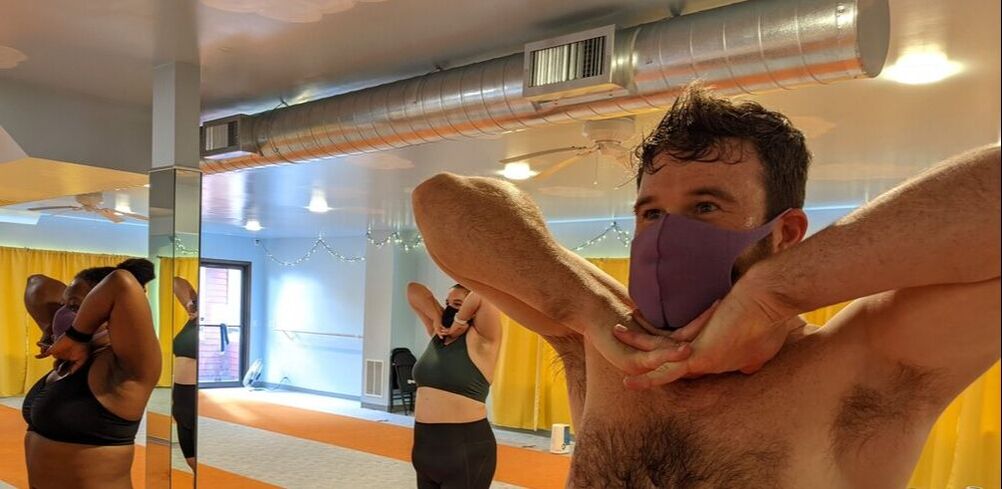
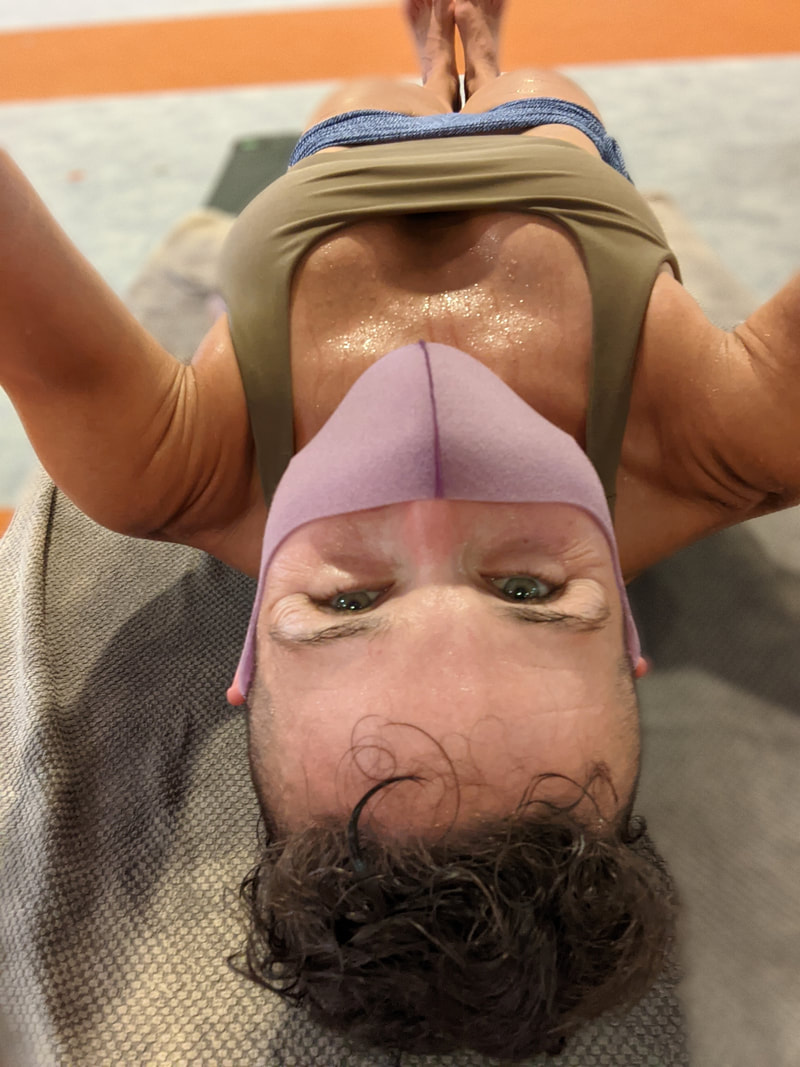
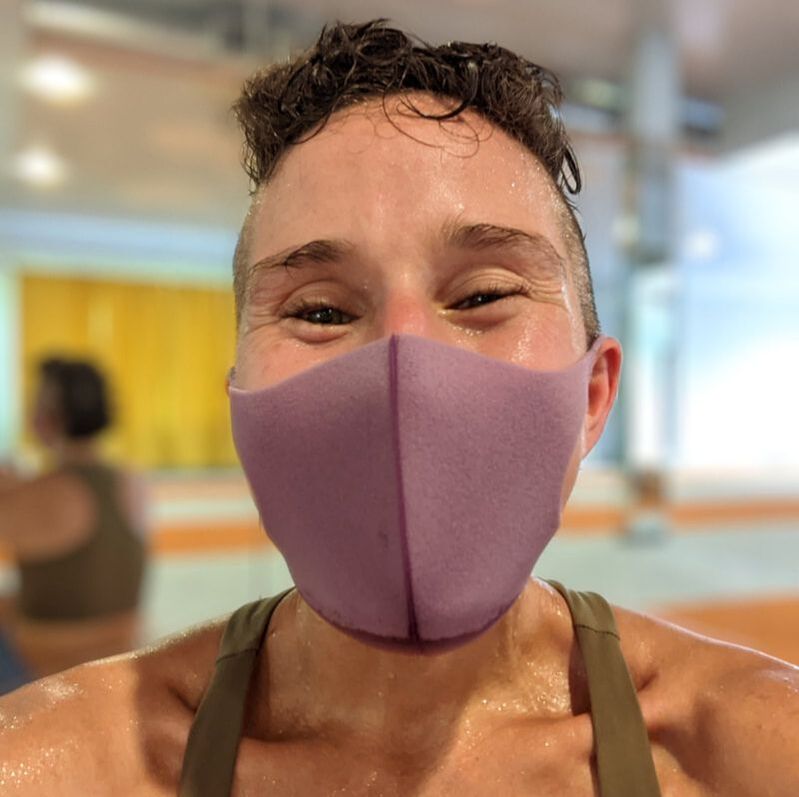
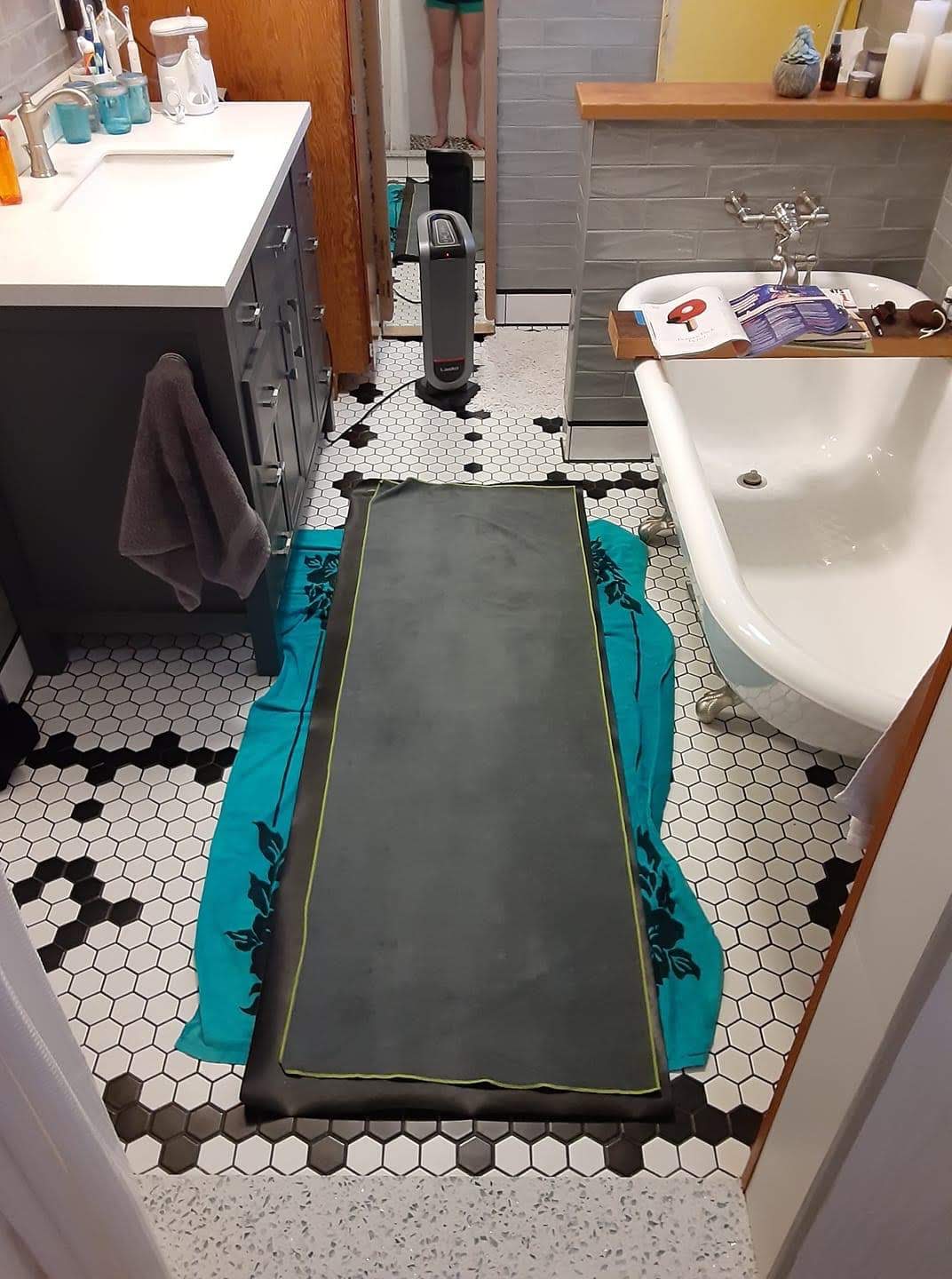
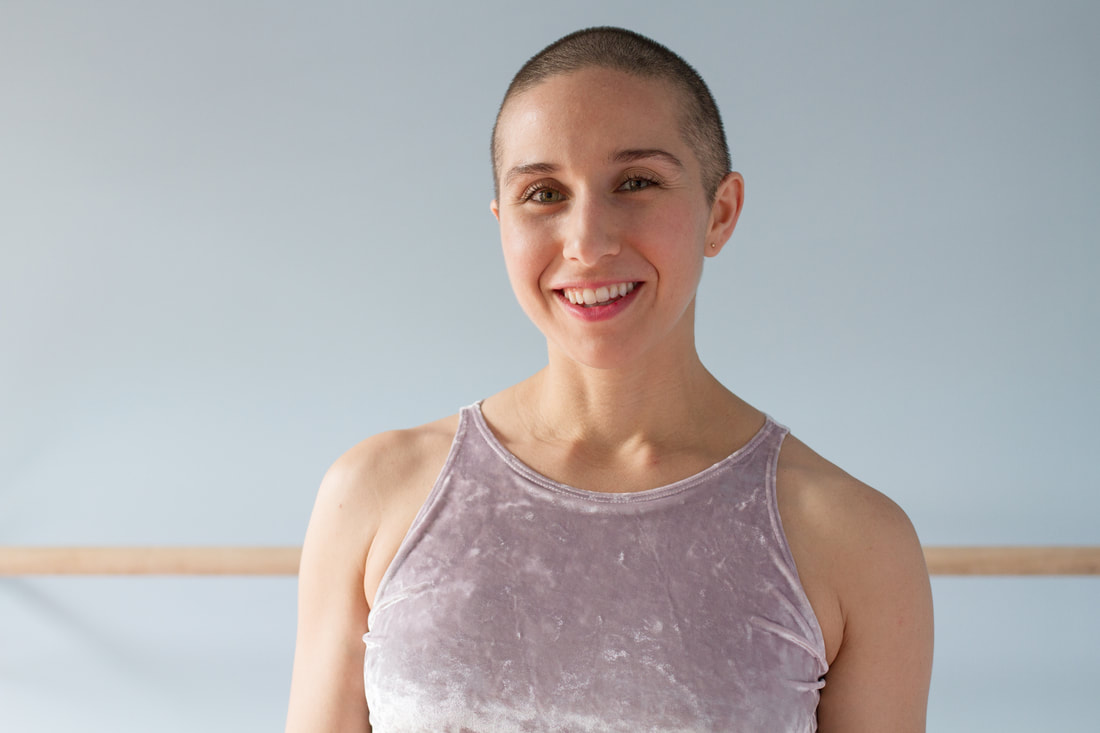
 RSS Feed
RSS Feed
